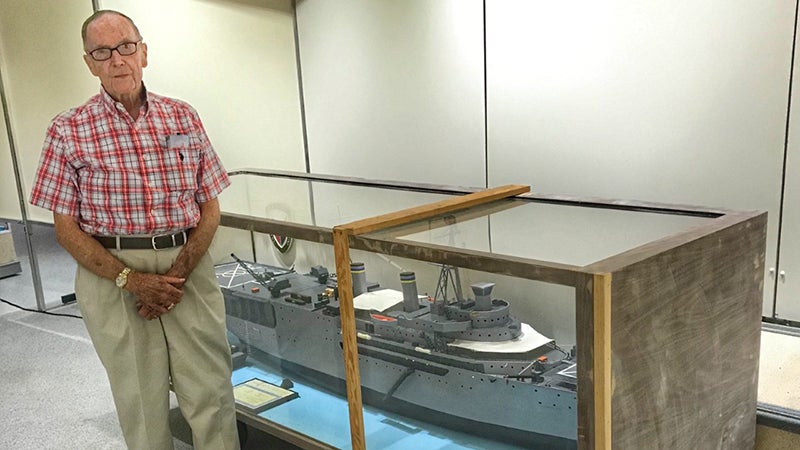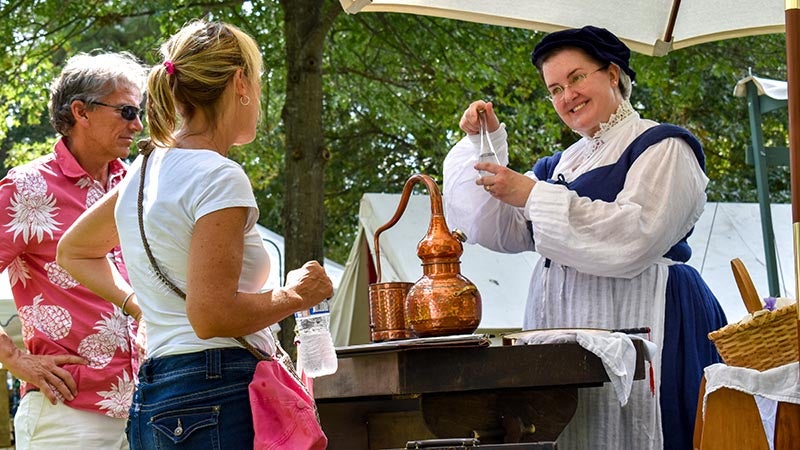Something ‘Lost’ may have been found
Published 10:55 pm Friday, January 18, 2019

- The First Colony Foundation excavates at “Site X.” (submitted photo)
Visitors at the Isle of Wight County Museum on Jan. 27 will learn about new clues in a mystery that’s stumped historians for centuries.
“In Search of the Lost Colony” is a special program that will be held at the museum at 2 p.m. The program will be led by Nicholas Luccketti, principal investigator and archaeology and first president of research for the First Colony Foundation.
His lecture will explore the history of the Roanoke Colony — also known as the Lost Colony — that was found deserted when explorer John White’s expedition returned in 1590. Investigations into the colonists’ disappearance go back to the 1890s, according to Luccketti, and these recent findings are just the latest chapter in this saga.
“It’s one of America’s greatest unsolved mysteries,” he said in a phone interview.
Evidence collected by the First Colony Foundation suggests that a group of the Roanoke settlers relocated to a site in Eastern North Carolina called “Site X,” located at the mouth of Salmon Creek, just on the periphery of a large Native American settlement called Mettaquem.
Archaeological studies in advance of potential development at the Salmon Creek State Natural Area uncovered English pottery that dates back to the 1600s. Then in 2012, researchers at the British Museum in London discovered something on the “Virginia Pars” map that was created by White in the 1580s.
Under a patch on the map they found a symbol, one that suggested a fort or other settlement at the mouth of Salmon Creek. That led researchers to dig into “Site X.”
The foundation uncovered more English pottery at the new site. The finds are called “Border ware,” after the borders of Surrey and Hampshire counties in England, where pottery manufacturing occurred, according to historicjamestowne.org.
These artifacts corroborate the foundation’s theory that a settlement of Roanoke colonists relocated to the site in accordance with White’s plan. The Roanoke colony was originally established in 1585 but had suffered from few supplies and increasingly bad relations with local American Indians by 1586, according to the press release.
Many colonists had returned to England, after which White arrived in June 1587 with another expedition. White then left for England later that year with a plan to move the colonists farther inland, Luccketti said.
He will go deeper into the research and findings when he delivers his presentation at the Isle of Wight County Museum, located at 103 Main St. in Smithfield. The presentation will be from 2 to 3 p.m. with time for questions afterwards.
Call 356-1223 or visit historicisleofwight.com for more information.





